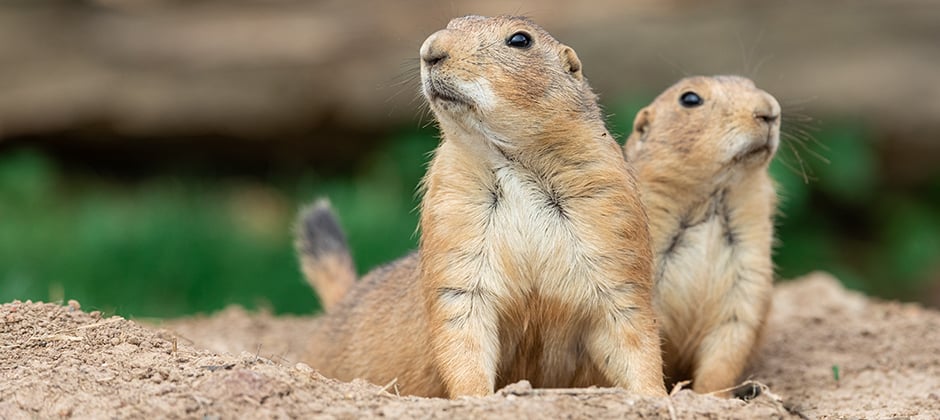Share this article
In parts of the U.S., plague is still present
For those who live out West, stories about people infected with plague are not uncommon. Usually, people are exposed when their pets become infected or carry plague-infected fleas. People can also become sick from a plague-infected flea bite after handling wildlife or through contaminated fluids or tissues from a plague-infected animal.
Plague is caused by the bacterium Yersinia pestis. Without prompt treatment, the disease can cause serious illness or death.
The Wildlife Services’ National Wildlife Disease Program monitors plague activity in wildlife. Between 2005 and 2018, Wildlife Services and its partners collected approximately 45,000 blood samples from wildlife across the western United States. By analyzing these archived samples, Wildlife Service’s National Wildlife Research Center researchers and the NWDP documented plague exposure in 18 wildlife species, including coyotes (Canis latrans), bobcats (Lynx rufus) and black bears (Ursus americanus). Approximately 9% of the 35,866 coyote samples tested positive for plague antibodies. Fourteen percent of the gray wolf (Canis lupus) samples and 11% of the black-tailed prairie dog (Cynomys ludovicianus) samples tested positive. New Mexico, Wyoming and Utah had the highest prevalence of plague in the wildlife sampled.
“We found that plague activity is widespread, with positive animals detected in every western state in the contiguous United States,” states NWRC research wildlife biologist Dr. Sarah Bevins. “Being able to conduct such a comprehensive study is rare. NWDP’s Tissue and Serum Archive, which has extensive sample collections from multiple locations and years, made this study possible.”
Results support the use of predators, such as coyotes, as sentinel species to track plaque occurrence on the landscape. Despite their relatively limited contribution to transmission, using predators as sentinels is beneficial for a few reasons. They do not typically succumb to plague infections and therefore are available to sample. They develop long-lasting antibodies that leave a record of exposure to the bacterium. And they move over larger areas compared to the plague-positive rodents that make up part of their prey base. As a result, they essentially sample the environment and provide a broad indication of plague activity on the landscape.
“The use of such large datasets, combined with recent advances in our understanding of plague dynamics and ecology, offer us a better understanding of the risks this disease poses to wildlife, domestic animals and people,” Bevins said.
Header Image: Black-tailed prairie dogs are susceptible to the plague. Credit: Adobe Stock








